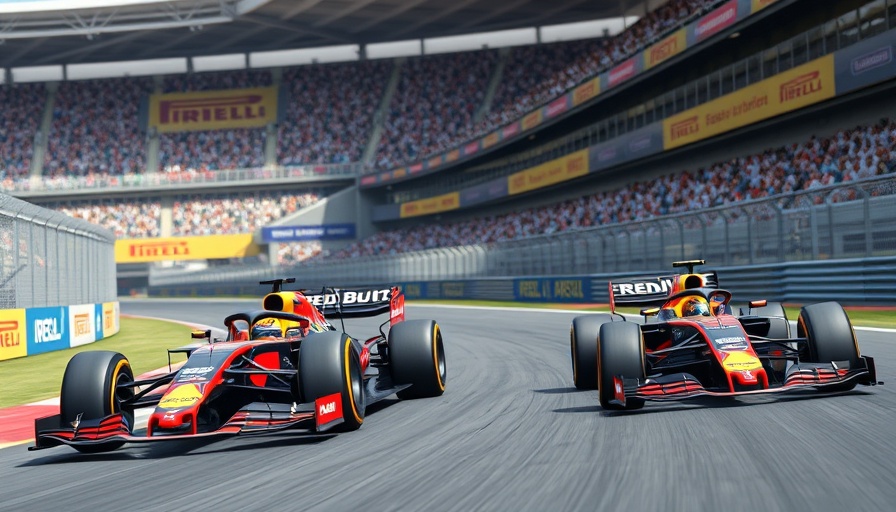
Red Bull's Ongoing Struggles with Understeer
As the 2025 Formula 1 season progresses, Red Bull Racing finds itself facing challenges that disrupt their pursuit of championship aspirations. Despite showcasing impressive speed during qualifying sessions, the team has struggled to achieve a balanced performance during races. Max Verstappen's experience at the British Grand Prix highlights these struggles; after starting in pole position, he quickly lost the lead to McLaren's Oscar Piastri and contended with a car that was difficult to manage, particularly in the tricky wet conditions.
Technical Adjustments: The Upgraded Floor
In a bid to improve car stability, Red Bull introduced an upgraded floor designed to optimize pressure distribution and boost downforce. These modifications aimed to enhance the handling characteristics of the RB21, allowing for better performance on track. However, during practice sessions, Verstappen reported significant understeer issues, which the team attempted to mitigate by adjusting their rear wing configuration. This change allowed for improved balance, enabling Verstappen to secure pole position once again, but it was evident the solutions were not foolproof.
Adapting to Race Conditions
The British Grand Prix showcased the harsh reality of the team's ongoing adjustments. Although the lower-downforce configuration helped initially, the wet race conditions ultimately exposed the car's limitations. Verstappen's struggles to navigate the rain-soaked circuit illustrated how crucial optimal downforce is in Formula 1 racing. The underloaded nature of the car during challenging conditions signals a need for Red Bull to further refine their setup to compete more effectively against rivals.
Lessons From the Track: Insights for Performance Enthusiasts
Red Bull's journey this season serves as a reminder of the complexities involved in high-performance racing. For enthusiasts, it underscores the importance of continuous improvement and adaptability in car setups. Adjusting aspects like downforce and handling based on real-time conditions is crucial for both professional racers and everyday sports car aficionados. Whether you're looking into high-end cars or seeking performance tuning, these principles hold true — the balance of power and control is vital for success on any track.
As Formula 1 evolves, and teams like Red Bull work tirelessly to overcome obstacles, it's an exciting time for motorsport fans and automotive enthusiasts alike. Watching these teams innovate can inspire those in the consumer market to seek the best sports cars that combine performance with reliability.
 Add Row
Add Row  Add
Add 

 Add Row
Add Row  Add Element
Add Element 




Write A Comment